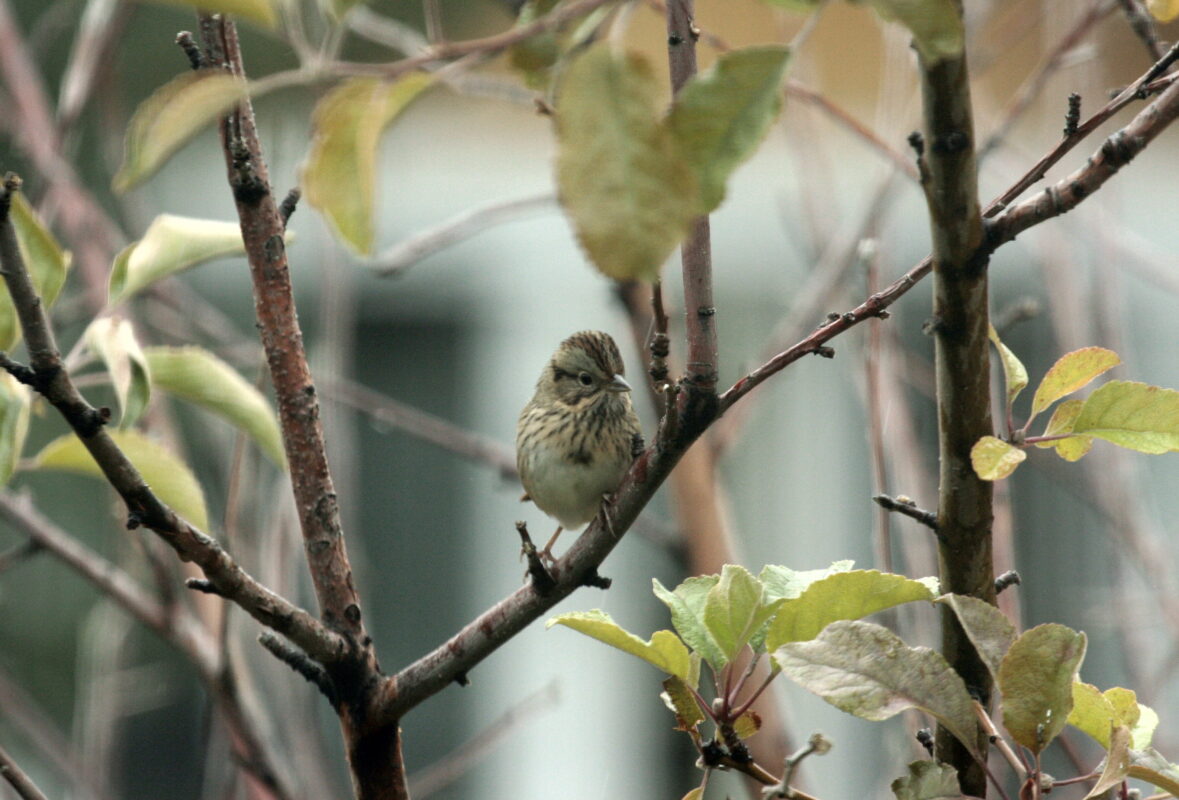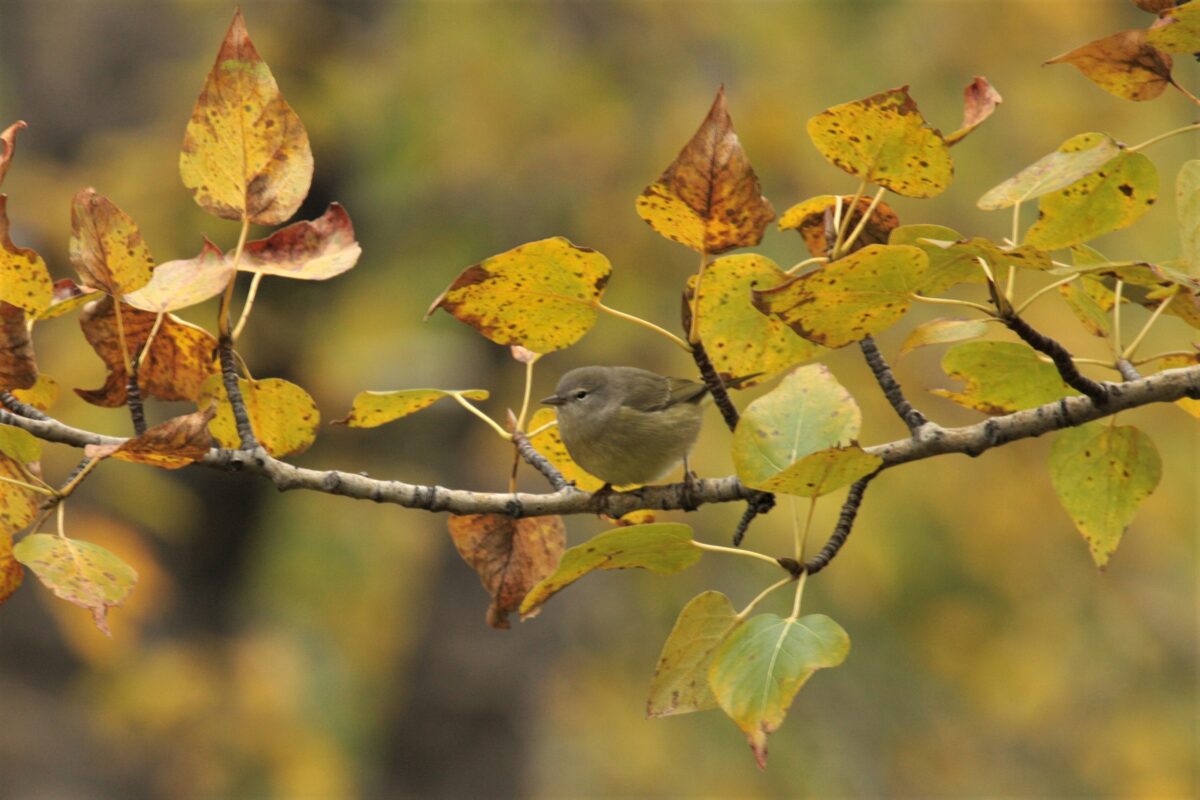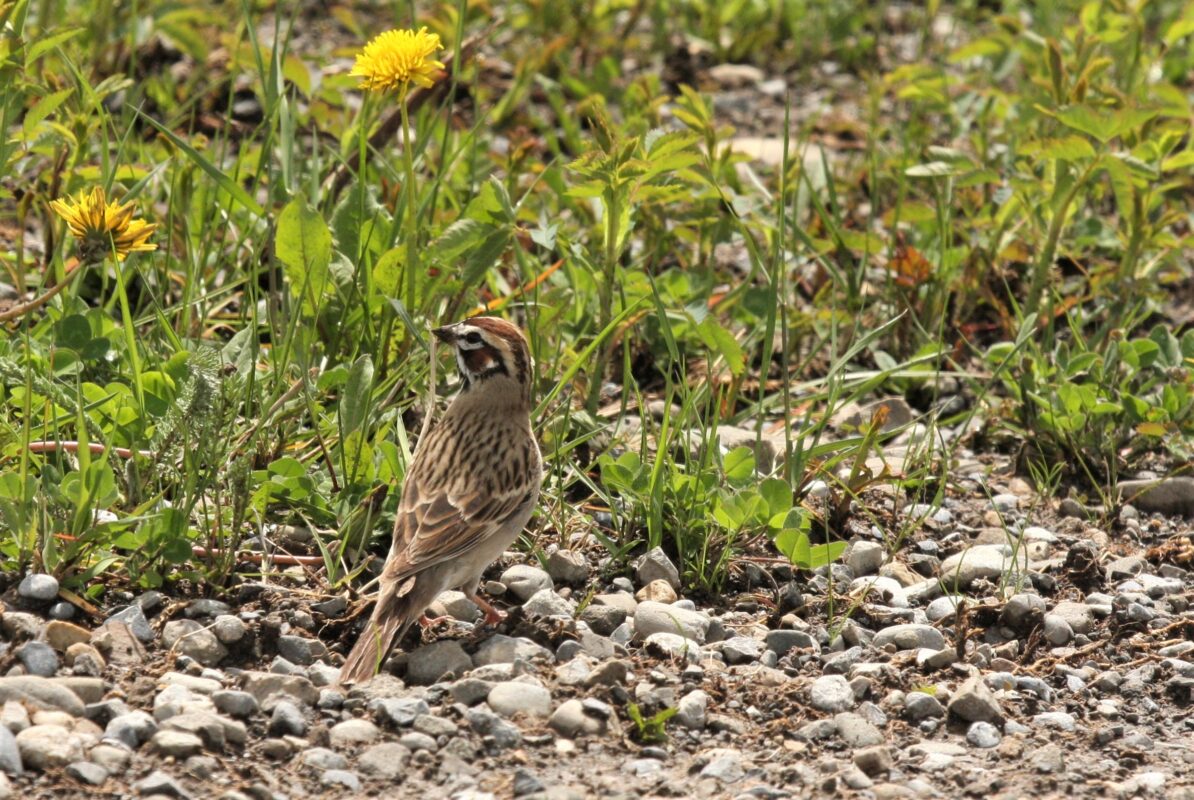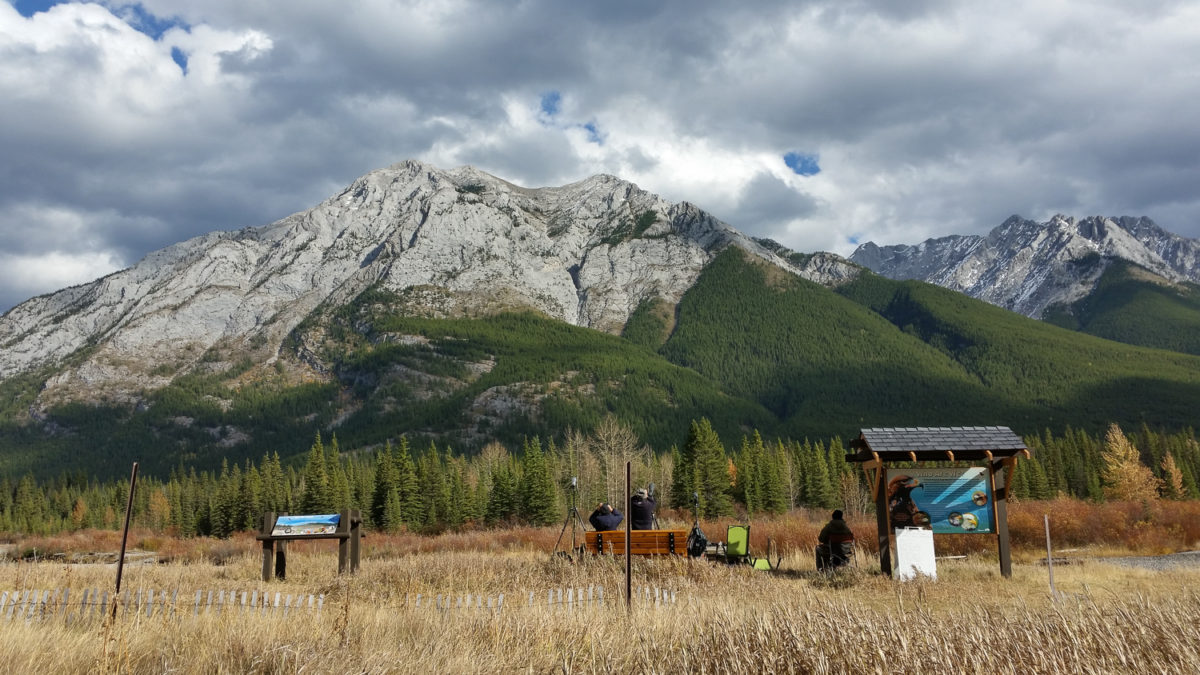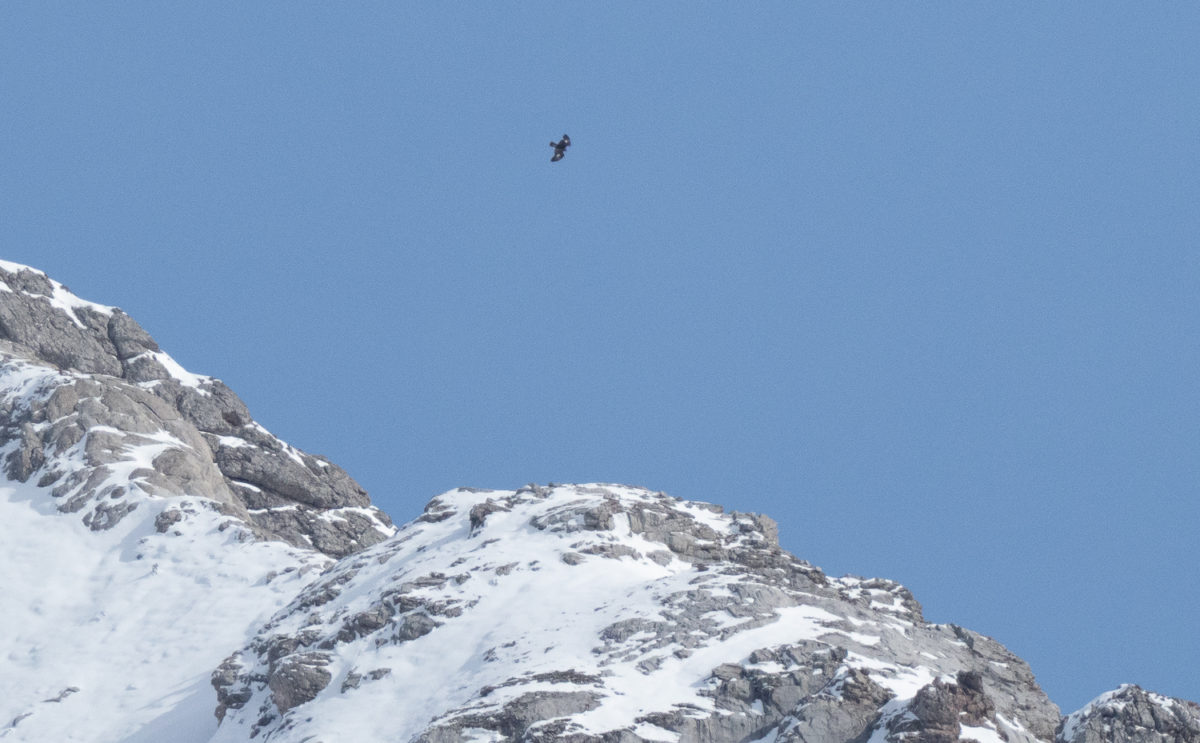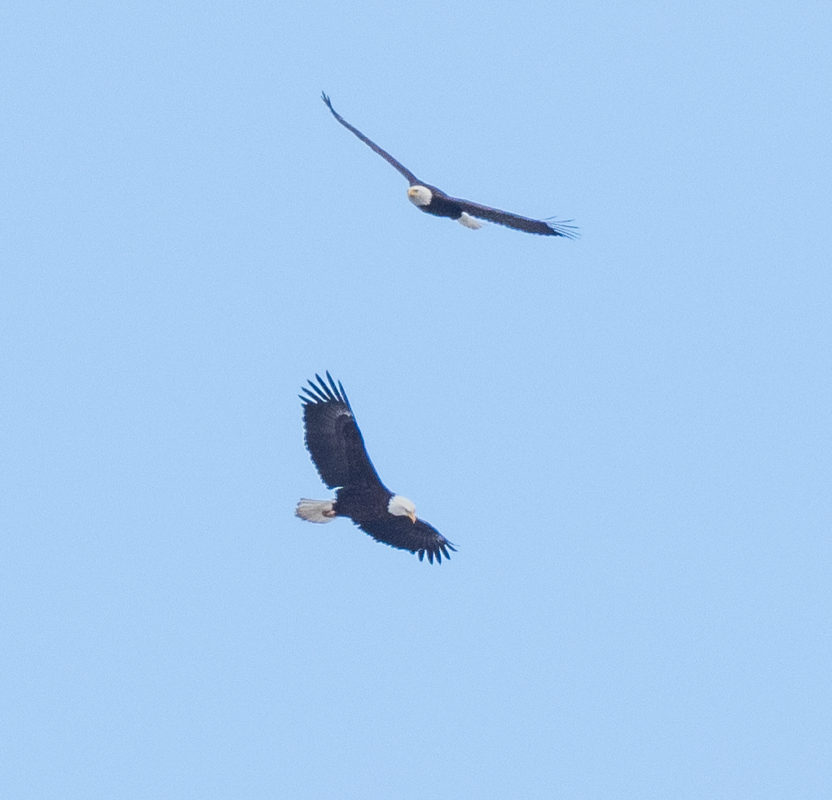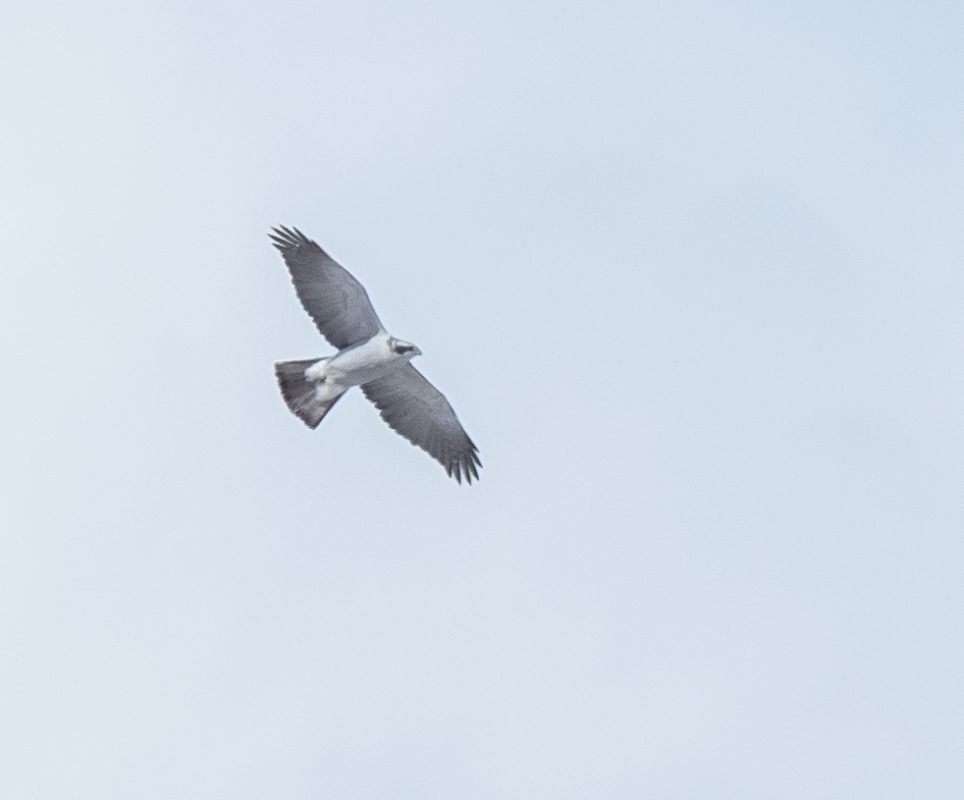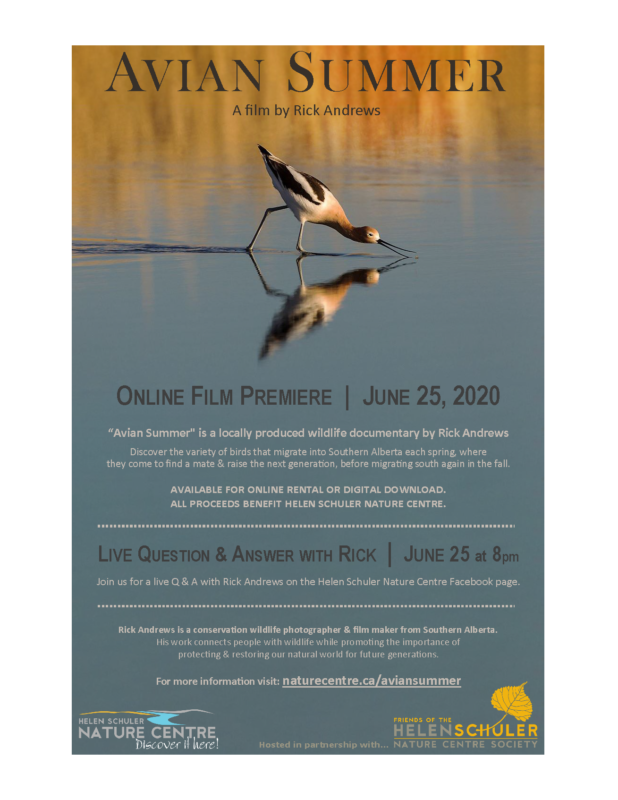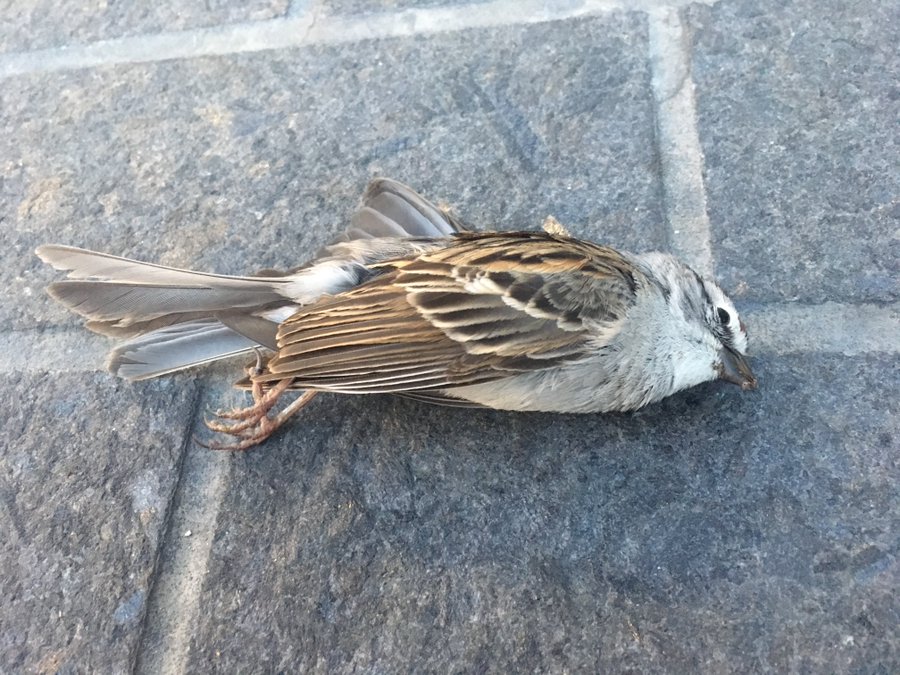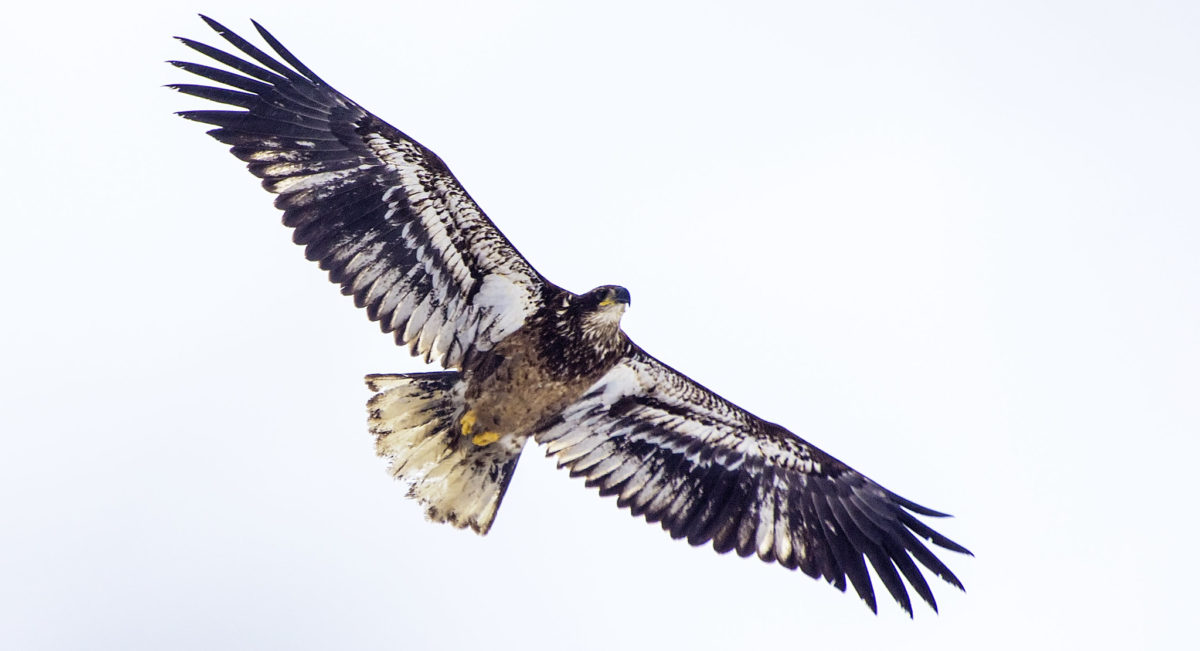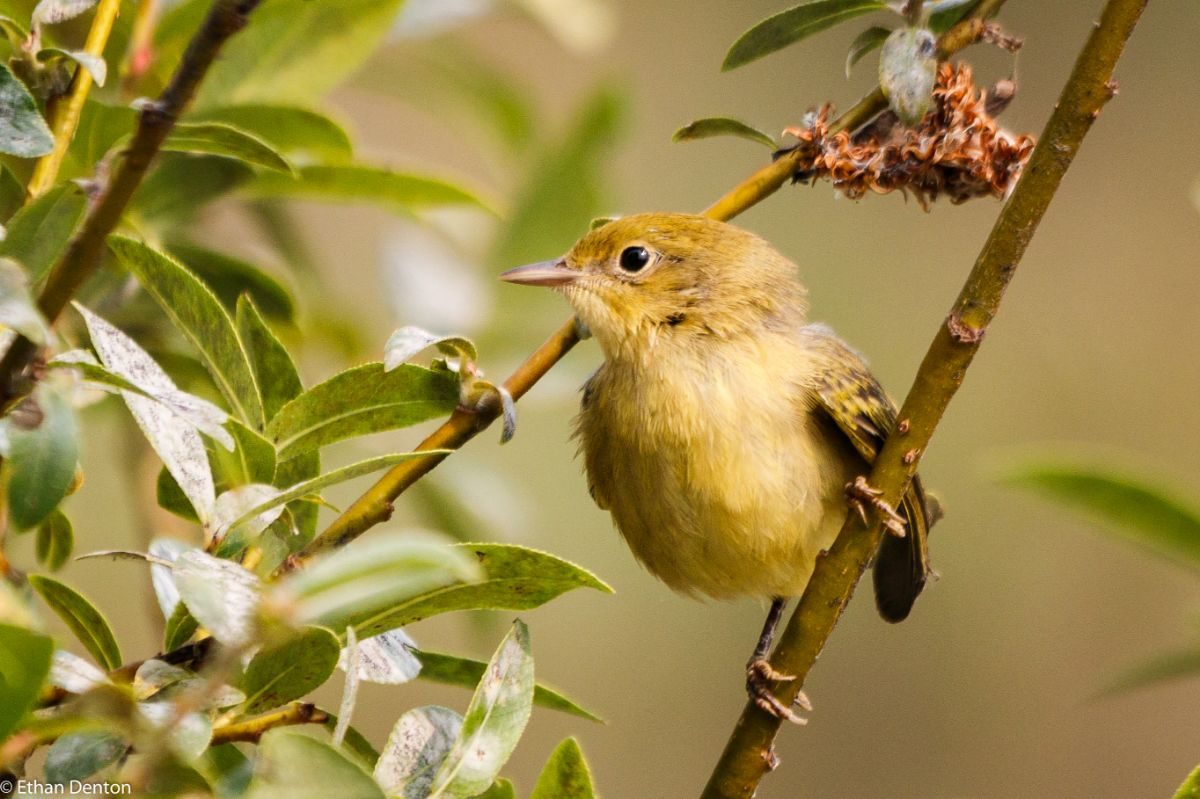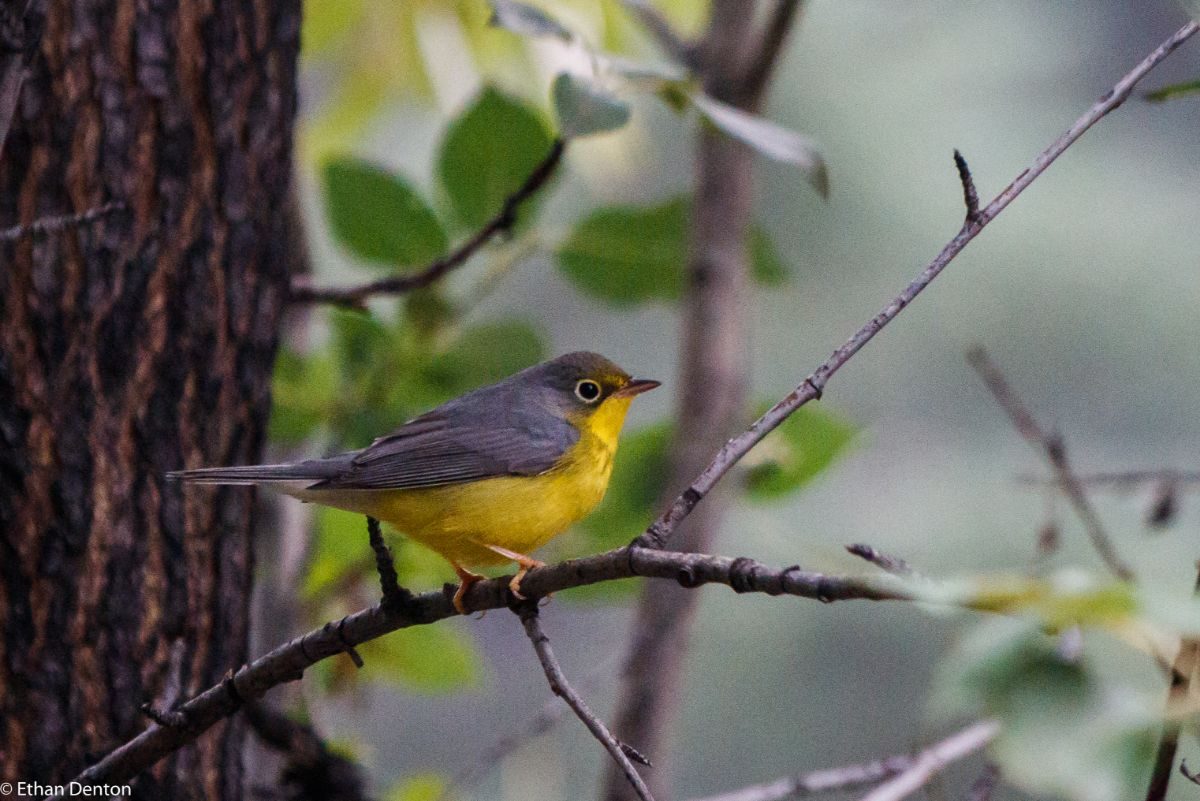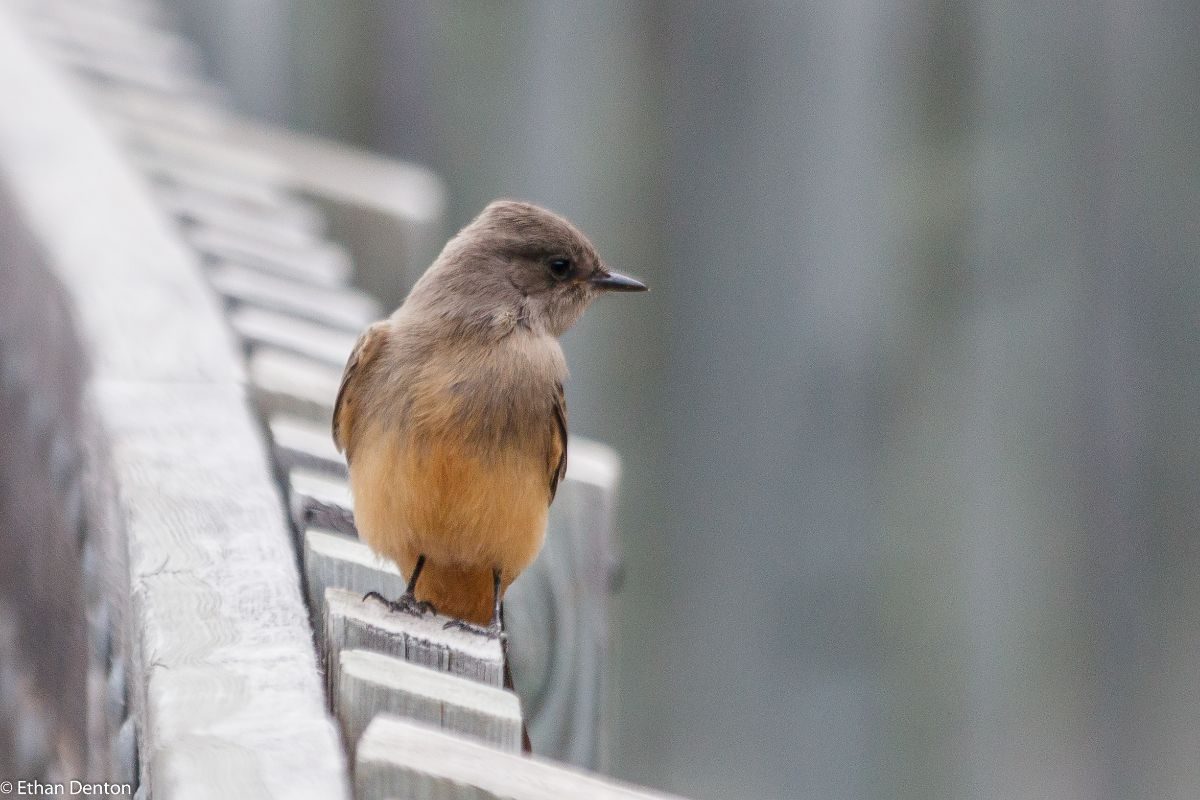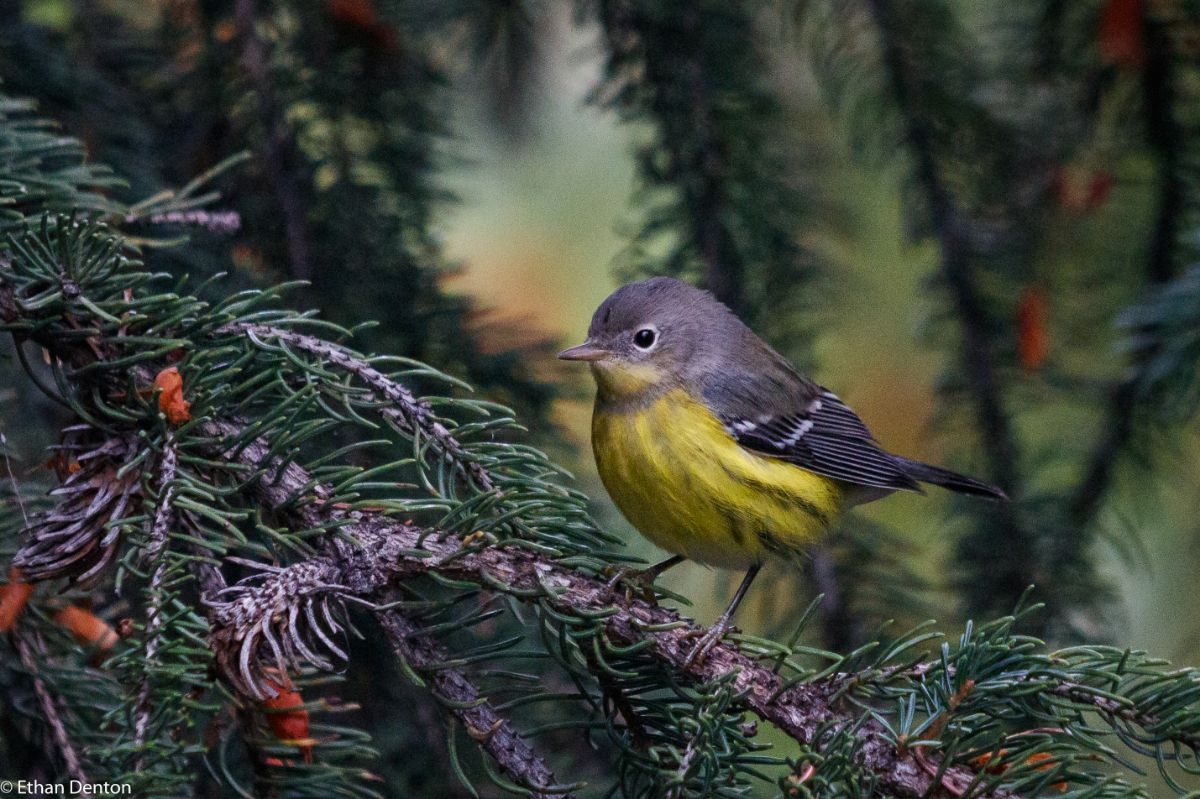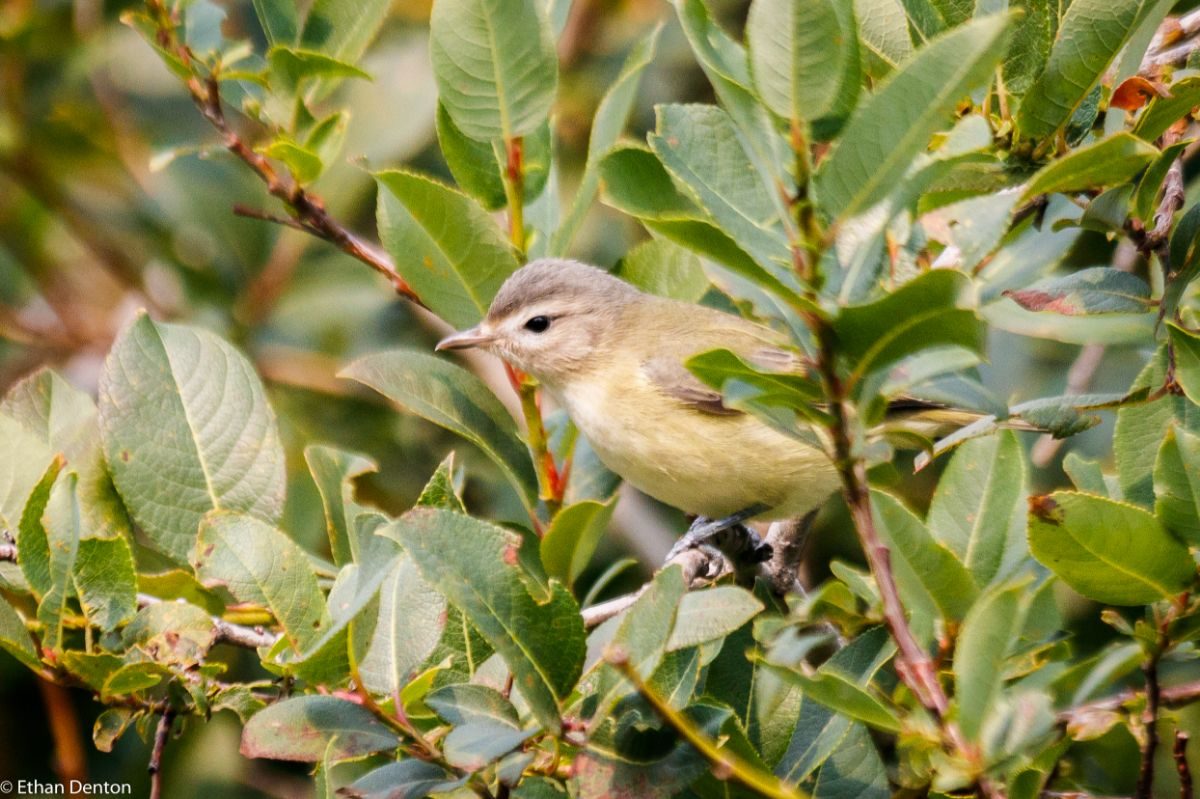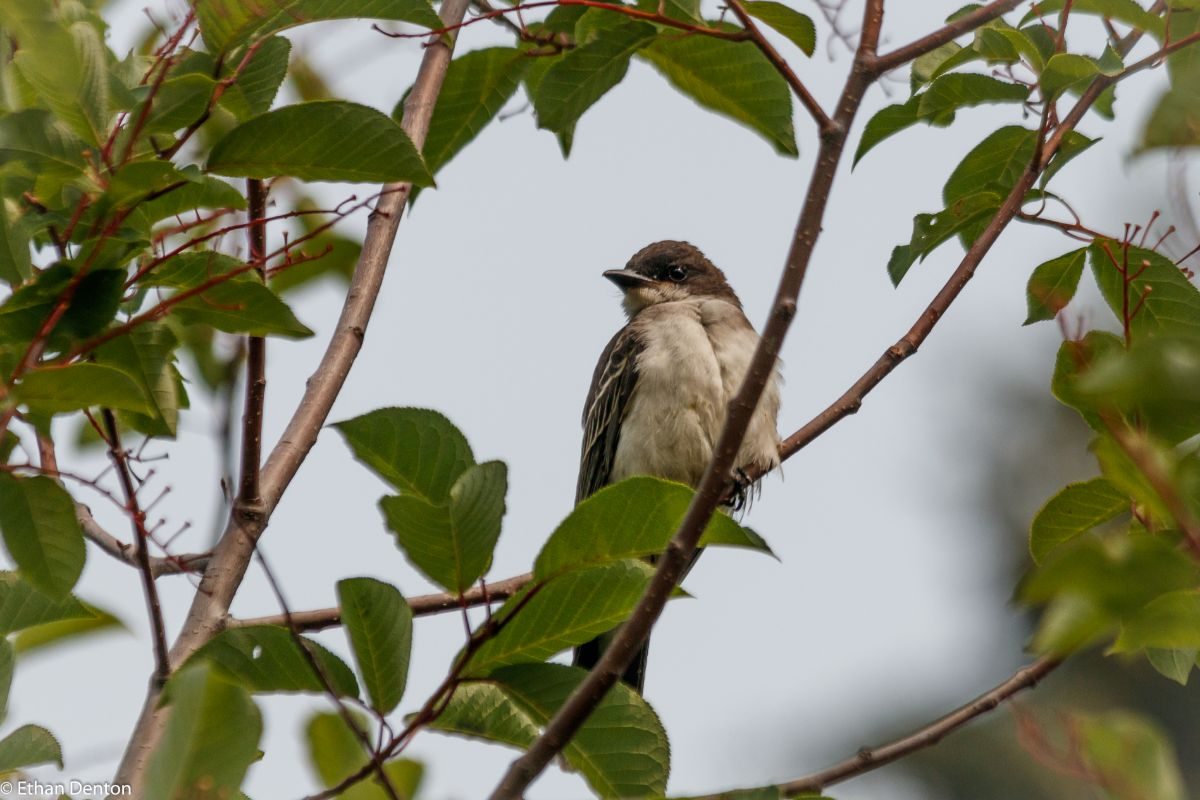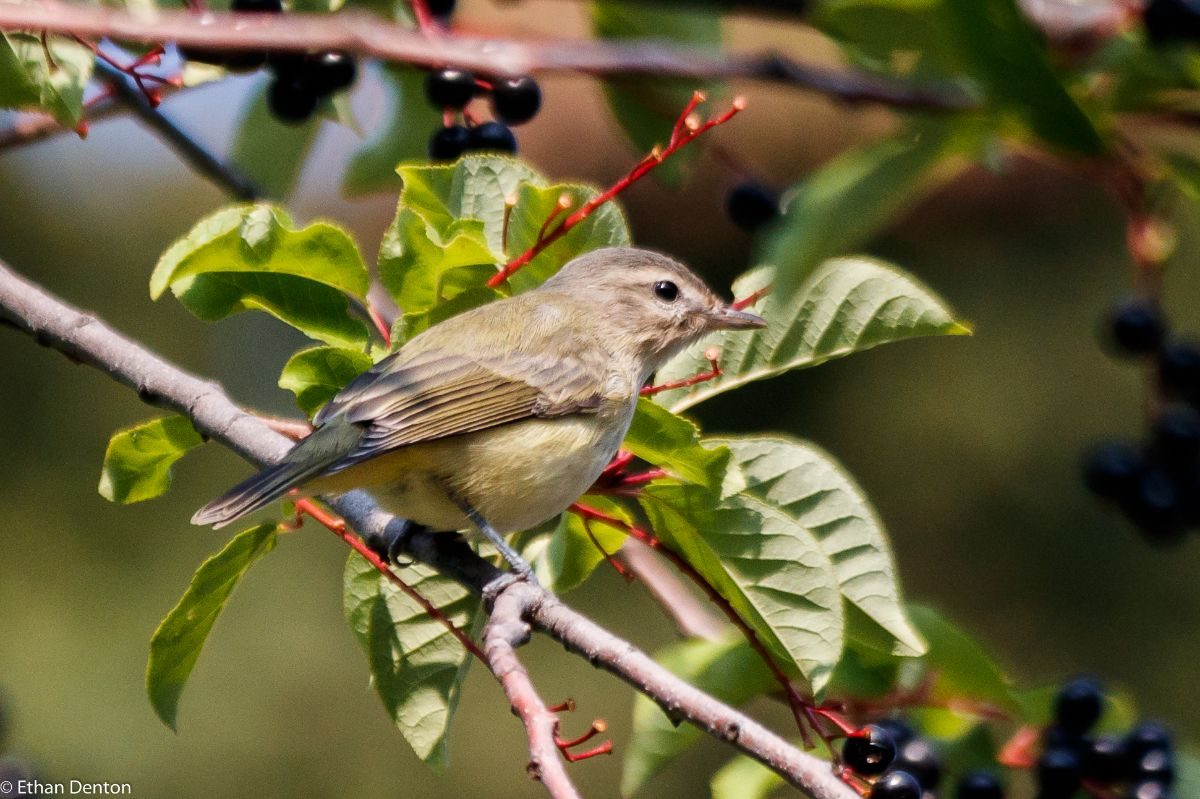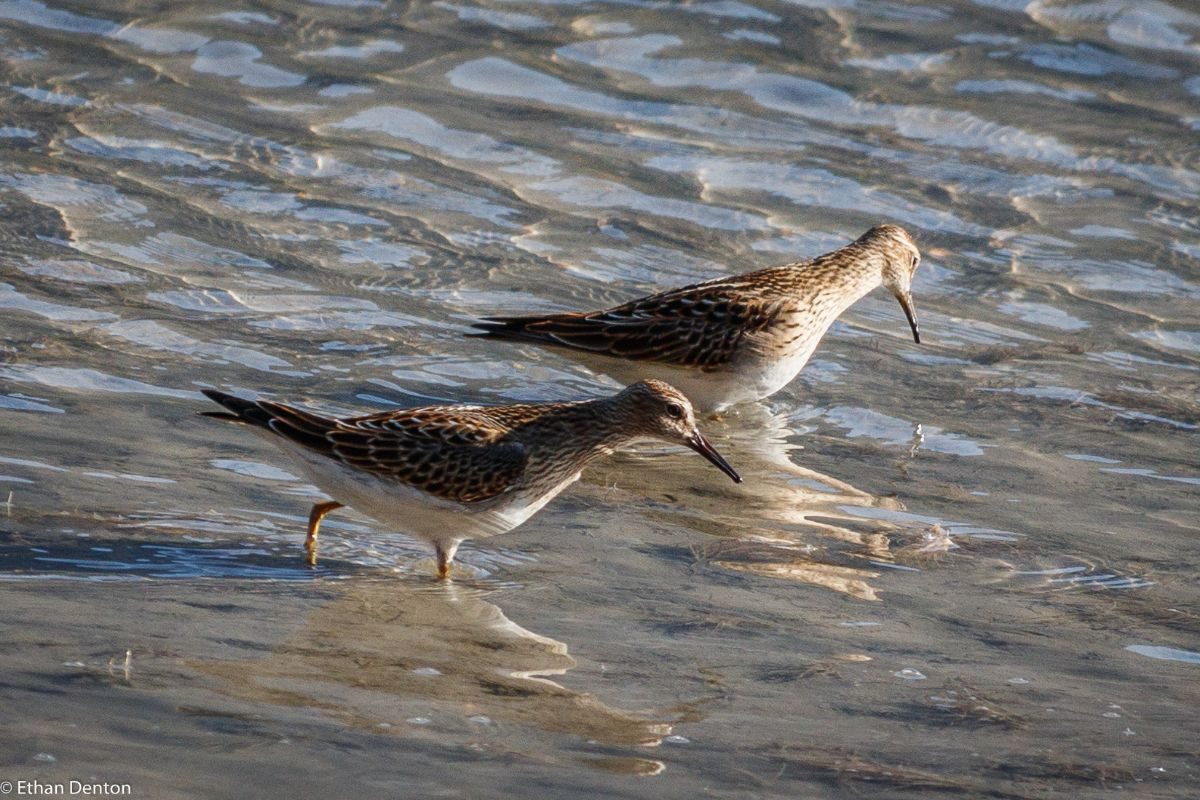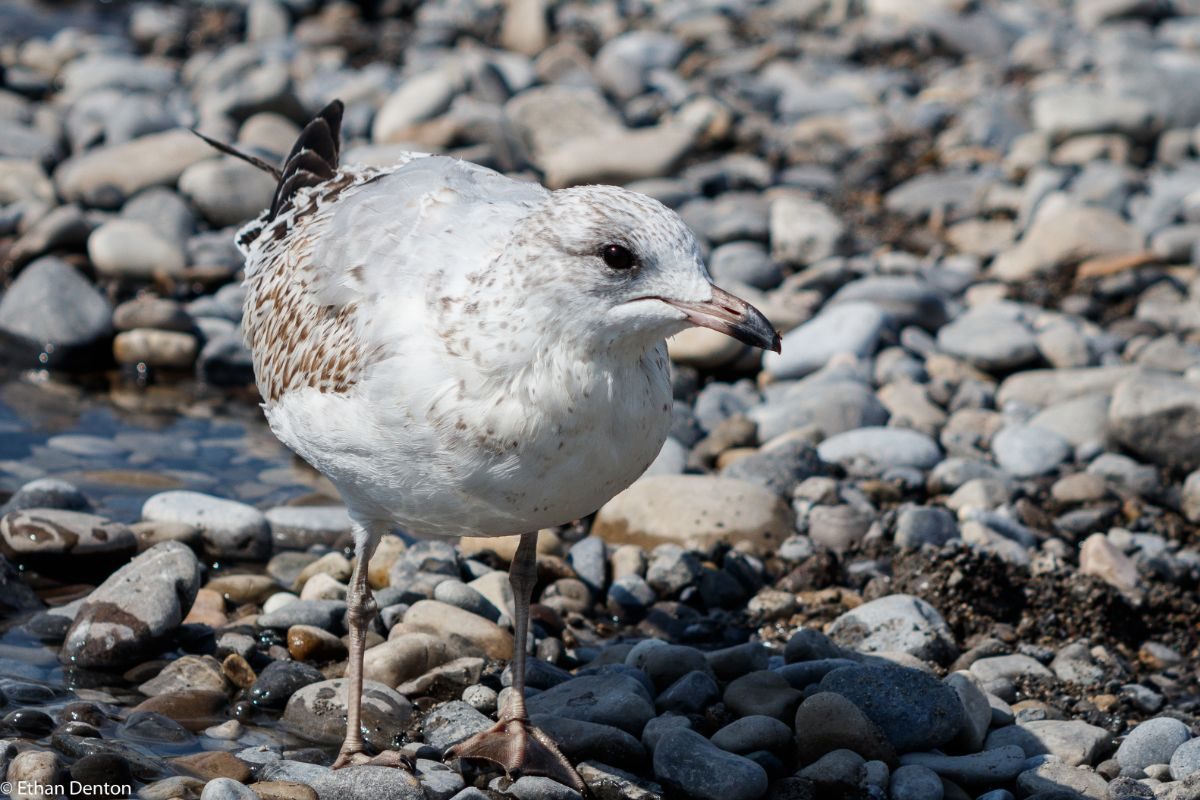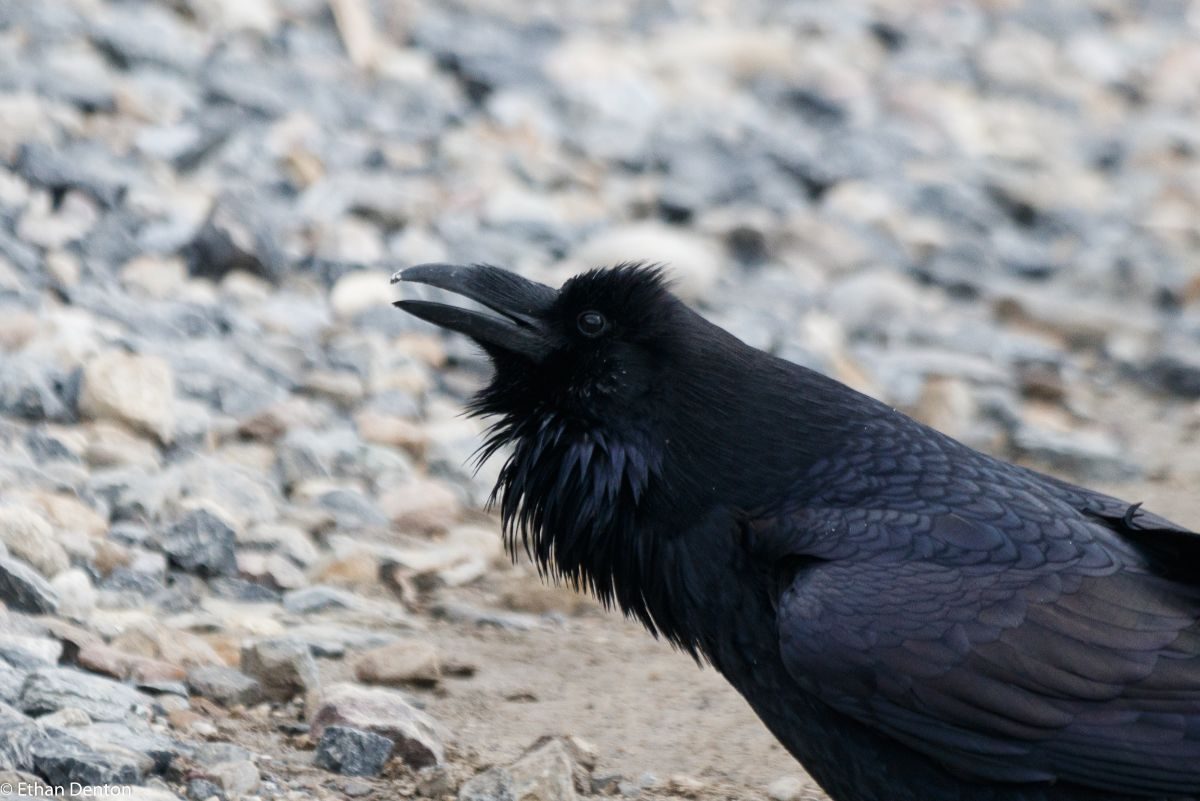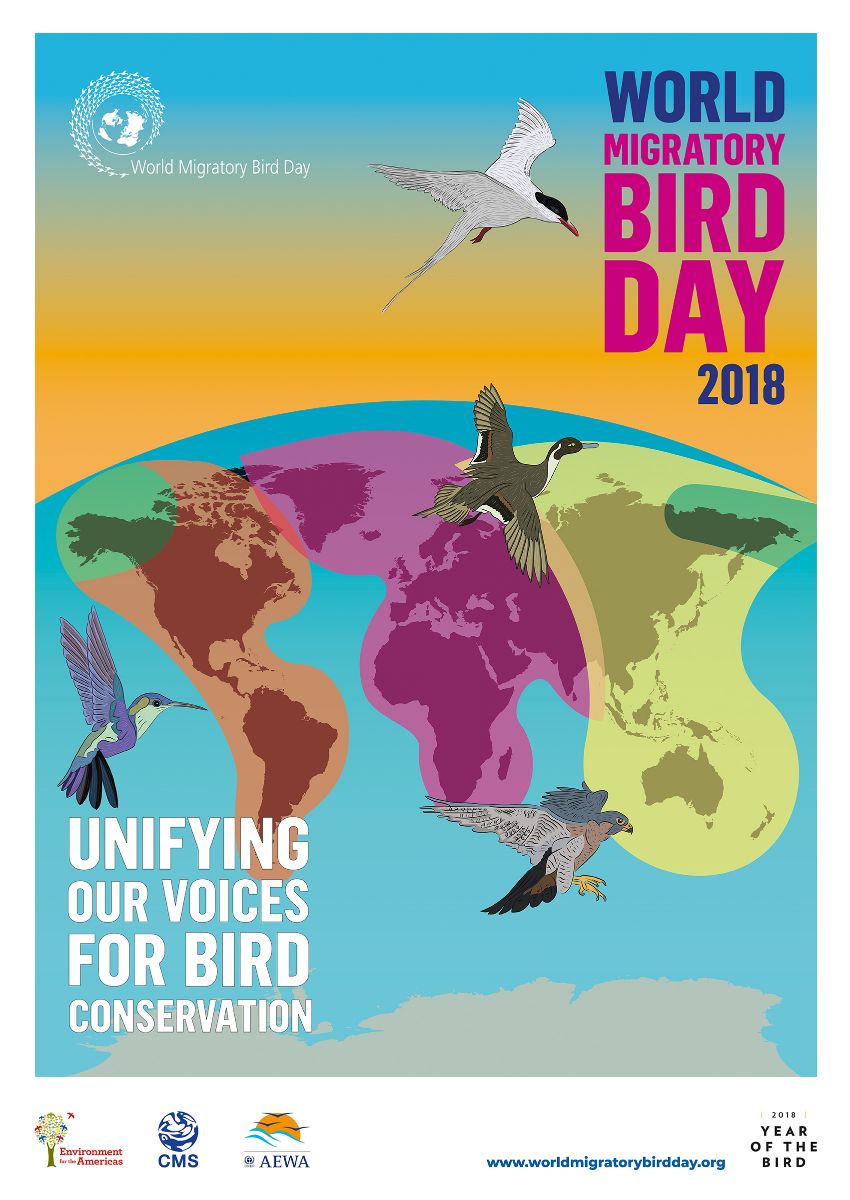By Cathy Warwick
The Rufous Hummingbird is one of several hummingbirds that visit Calgary, and certainly the most feisty. They are very territorial and are known to chase away other hummingbirds from feeders, and have also been seen chasing squirrels and chipmunks. Although the idea that such a cute, eight centimeter bird can be frightening is comical, their shocking speed and poky looking beak would have me running for cover!
This summer I had the good luck to watch a Rufous Hummingbird for a solid ten minutes. I watched it stretch its tail feathers and stick its tongue out while it was perched on a branch. Prior to that I had been chasing after it as it flitted around, finally I just decided to sit down and see if it would show itself, a wise decision as they can go about 45 km/hr. I managed to look at it while it took a break from its endless battle with another Rufous Hummingbird. I saw that it had some green on it, as well as the rufous red, it was a female or immature male. The fully grown male is a nice coppery colour all over with a shimmery chin. Hummingbirds are hard to identify, firstly they are so fast you are lucky to see any markings and secondly they often have a range of plumage that is shared with other hummers. I used the Merlin app to be sure.
These tough little birds travel up to 3000 miles during migration. All the way from Southern Mexico to Alaska, so far for a tiny bird, maybe it can just soar on the winds. It doesn’t seem to be the type to let the wind do all the work though, the one I saw was constantly beating its wings while flying. According to All About Birds they fly up through California, then Washington and BC. After that they go east and fly down the Rockies, completing a clockwise circle. So for Calgary they will come through on their way south especially during August.
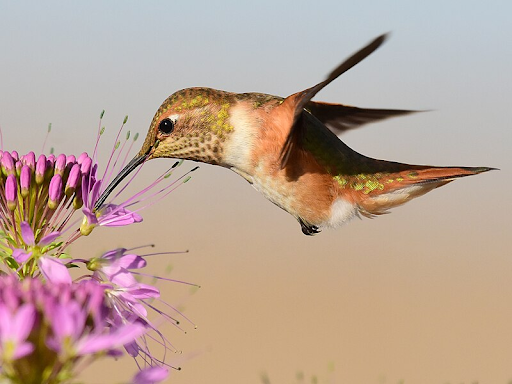
To attract a Rufous Hummingbird to your yard consider planting Honeysuckle, like my sister-in-law who saw them frequently this summer. They will take a while to find it but once they do they will come back yearly. The Atlas of Breeding Birds of British Columbia mentions that they will band Rufous and note the same bird at the same feeder on the same day, year after year! Our Honeysuckle died over the winter and we had a Hummingbird on our deck looking in the back window, as if it wanted to complain to the manager.
A Hummingbird feeder is also an option. There are a lot of resources on the internet that explain how to set one up and what to use as a solution. I’ll just mention that you need to change the solution at regular intervals to provide optimum fuel for them. A Hummingbird is a finely tuned organism whose heart beats 1,260 times per minute, vs. a human’s 80ish beats. Perhaps consider putting out multiple small feeders so the Rufous lets other hummingbirds also feed.
I hope you had a chance to see this small bird with an outsize personality this summer!
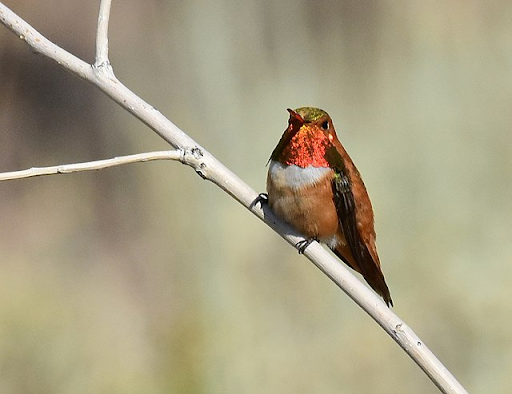
(photo from Wikimedia Commons/Tom Koerner/USFWS).
Rufous Hummingbirds can been seen on their breeding grounds in Calgary in the Weaselhead Nature Area, Griffits Wood Park, and other parts of the west end of the city. They arrive here on about May 10 and can be seen until September.
